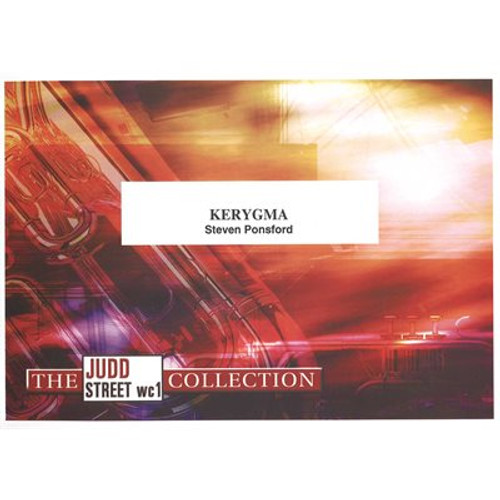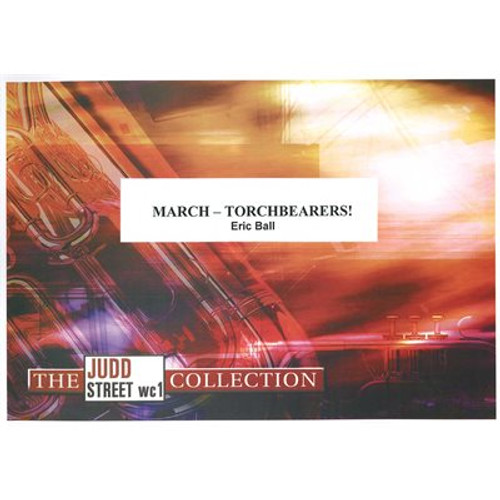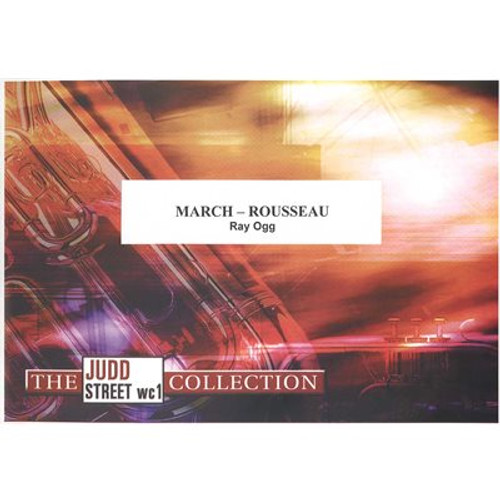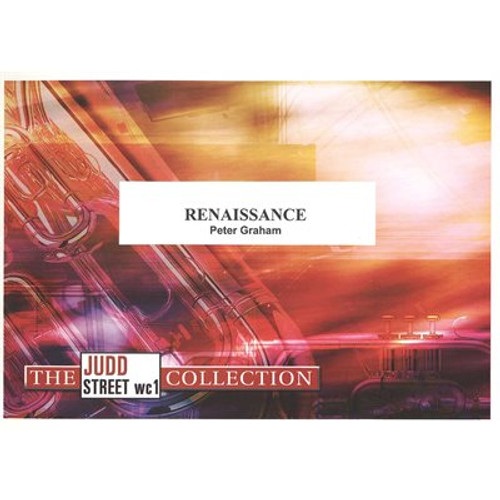Product Description
Comments by Bandsman Steven Ponsford
Kerygma is music of an exciting nature, intended to portray the excitement of the Gospel story. Taking the form of an overture, it interweaves references from Easter Hymn (T.B. 281) with three contemporary worship songs, the proclaiming He is Lord (H.&H. 24) and He has risen, along with the more reflective Jesus Christ (Magnify 32).
At the beginning, staggered breathing is required from Basses to accompany the various entities from the rest of the band. The quavers for Euphonium start at piano with a crescendo to match the rest of the band; if this comes across too strong, consider alternating bars from Euphoniums. The Trombones and Baritones then introduce the theme, Christ the Lord is risen today. At letter B, the tempo is considerably less than before; to avoid a harsh change, fully utilize the two bars to rall. smoothly into this section. Letter C needs good melodic dialogue between Flugel horn and Euphonium as He is Lord is heard for the first time.
Letter D introduces a minor variation on the first phrase of Easter Hymn against a strong salsa rhythm provided by Basses and Percussion, with further color added form Trombones and Cornets. As the style starts to change at letter G, good balance is essential from Horns and 2nd Baritone. Rehearsal time may be needed to achieve the desired effect at Letter H to ensure a successful transition of both style and speed into Letter I. This section is an oasis for reflection and meditation at the center of music that is otherwise busy and exciting. It can be taken slower than the marked tempo if desired but certainly no faster. Ensure a good balance for the backing of the Trombone solo at J. When the Horns take over the tune in unison, make the most of the hairpins from Baritones, Trombones and Basses. At the change of key, give 1st and 2nd Cornets, Flugel and Solo Horn full reign to bring out the strong melody. The climax is at letter M and there needs to be the feel of a gradual build up to this point.
At letter O, good, clean quavers are needed in He has risen. There is contrast at letter P when the melody turns to smooth crotchets from unison Horns against the punch quavers from muted Cornets and Trombones. When letter S is reached, there are cross-rhythms to deal with as several ideas are merged together to accompany the triumphant He is Lord. Strong, secure rhythmic driving is essential from Snare Drum to keep everything tidy.
At letter T the marked tempo doesn't change until the last 4 bars, so it is important not to take off too fast. Letter U uses the same pattern as in letter B but at a far more vigorous pace. This whole section is marked at ff but be sure to leave plenty in reserve for the Grandioso, giving full value to every minim before the cresc. to the final chord. (view series guide)
Produced by The Salvation Army, SP&S, UK













